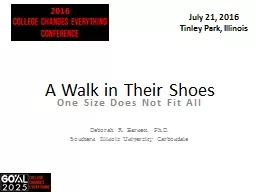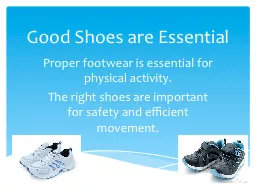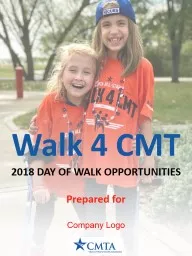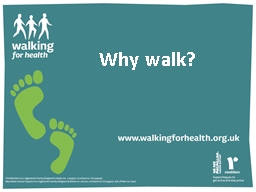PPT-A Walk in Their Shoes
Author : tawny-fly | Published Date : 2019-12-21
A Walk in Their Shoes One Size Does Not Fit All Deborah R Barnett PhD Southern Illinois University Carbondale Education BS Business Administration MS Education Workforce
Presentation Embed Code
Download Presentation
Download Presentation The PPT/PDF document "A Walk in Their Shoes" is the property of its rightful owner. Permission is granted to download and print the materials on this website for personal, non-commercial use only, and to display it on your personal computer provided you do not modify the materials and that you retain all copyright notices contained in the materials. By downloading content from our website, you accept the terms of this agreement.
A Walk in Their Shoes: Transcript
Download Rules Of Document
"A Walk in Their Shoes"The content belongs to its owner. You may download and print it for personal use, without modification, and keep all copyright notices. By downloading, you agree to these terms.
Related Documents













